Warm, unmanned buildings in the wilderness are very attractive to all sorts of uninvited guests; mice, rats, snakes, insects, etc. Unfortunately, these can do damage to equipment, as evidenced here:
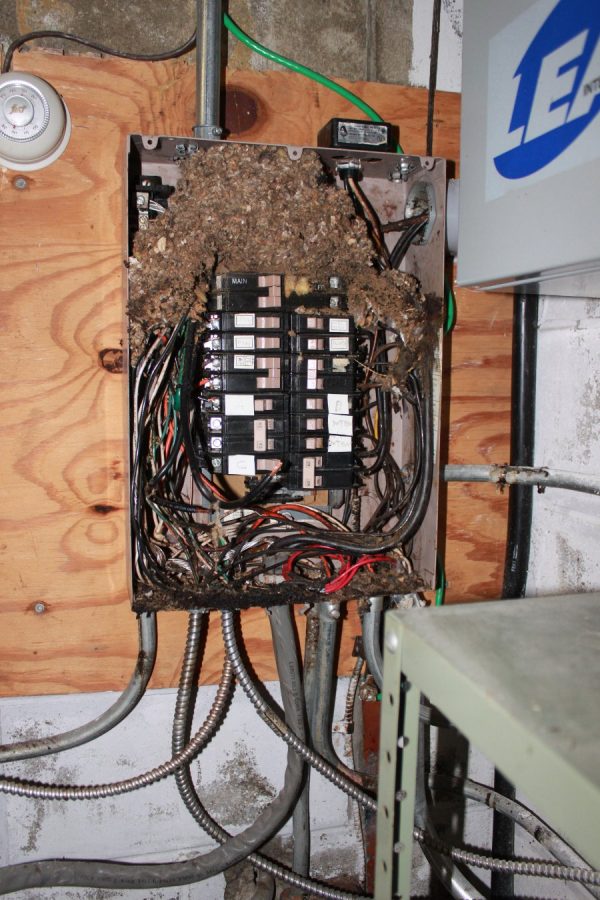
Thus, some steps need to be taken to secure transmitter sites, generators, outbuildings, and even vehicles from mice in particular. Mice can squeeze into a hole that is .7 inch (17 mm) in diameter when they are fully grown. In many transmitter buildings, this leaves lots of opportunities; coax feed through ports, ingress holes drilled for wires, electrical service entrances, cooling fans, gaps under doors, soffits, etc.
Many people simply call the pest control people who will come and put poison out. That does not solve the problem and can in fact make it worse. If the poisoned mice go outside to die, they are eaten by the snakes and birds that naturally control mice in the wild. Those animals then die from the poisoned mouse. Meanwhile, new mice are being reproduced every 20 days or so. Fairly quickly, the bait is consumed, the mice no longer have any predators to naturally keep the population in check and there is a mouse explosion.
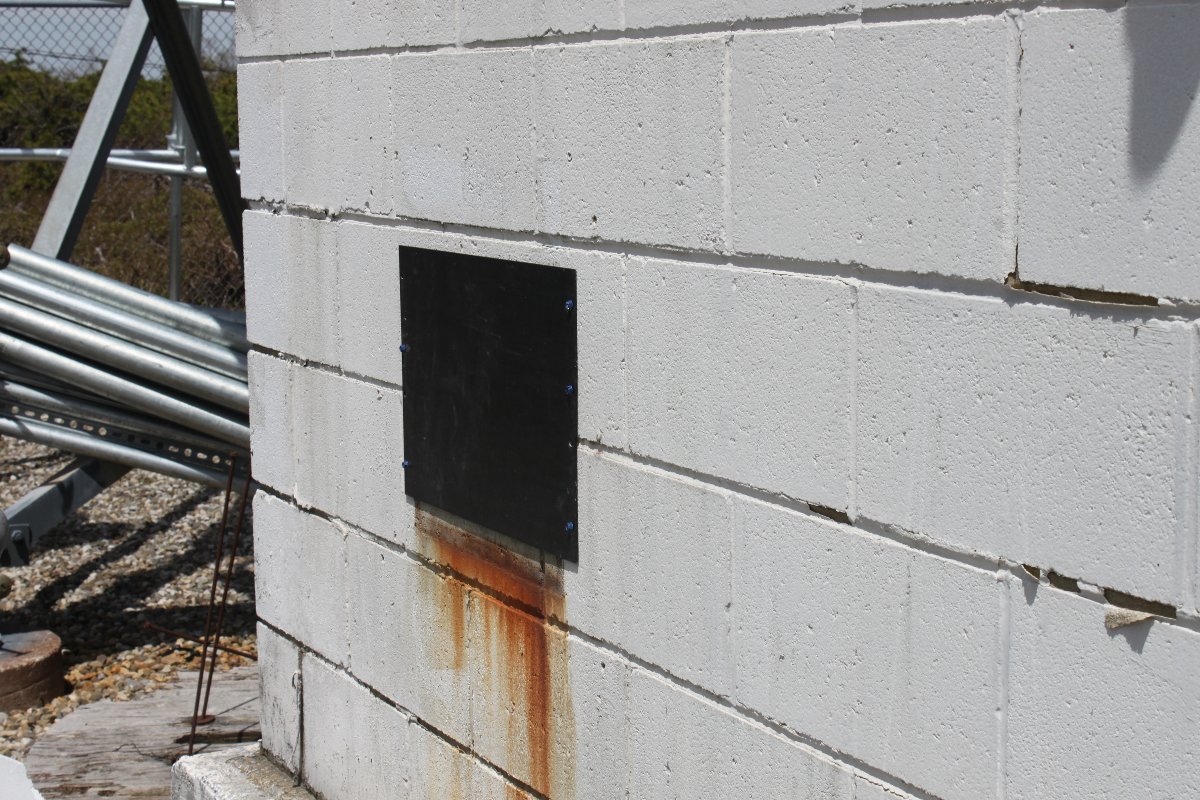
The best way to keep them in check is to seal up the building as much as possible. For some reason, coax entry ports are often left open. This is very easy to fix and whenever tower crews are running new lines, ensure that they apply the correct boot for the port and line.
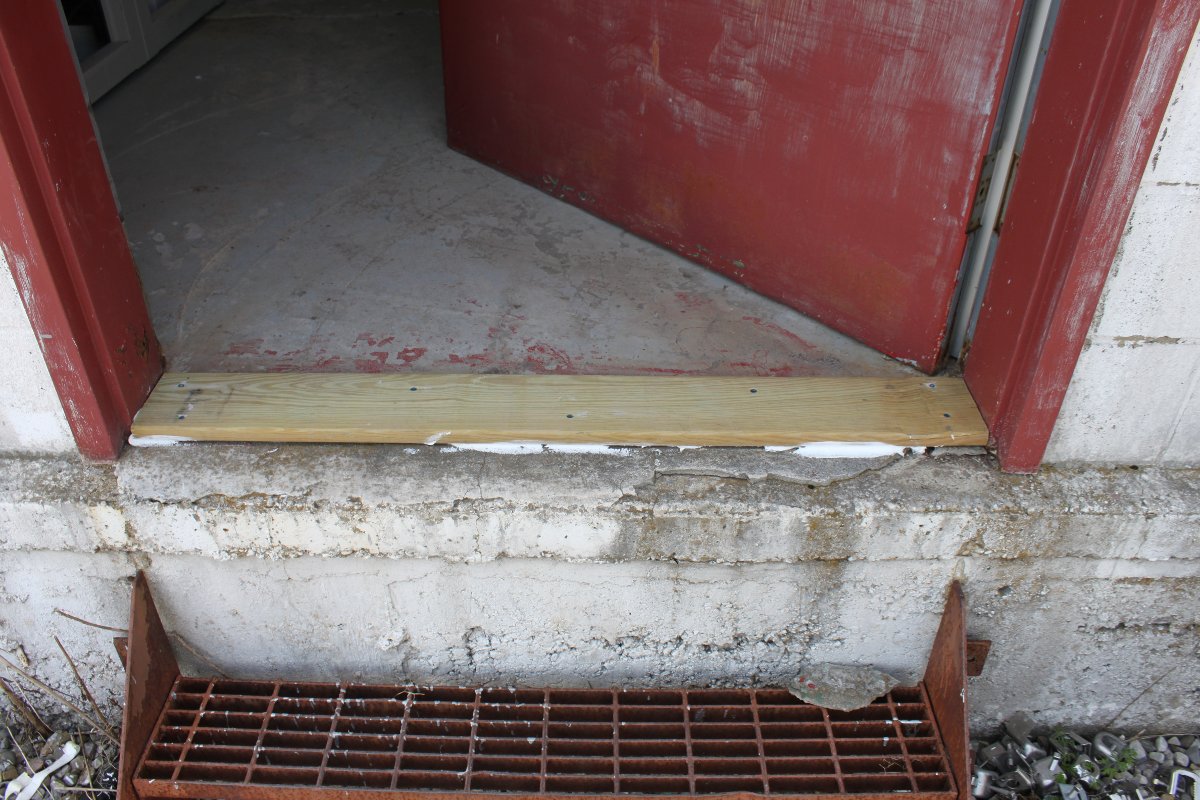
Another thing that happens; door jambs deteriorate or the bottom of steel doors begin to rust away. This opening is very attractive to insects, snakes, mice, and even plants.
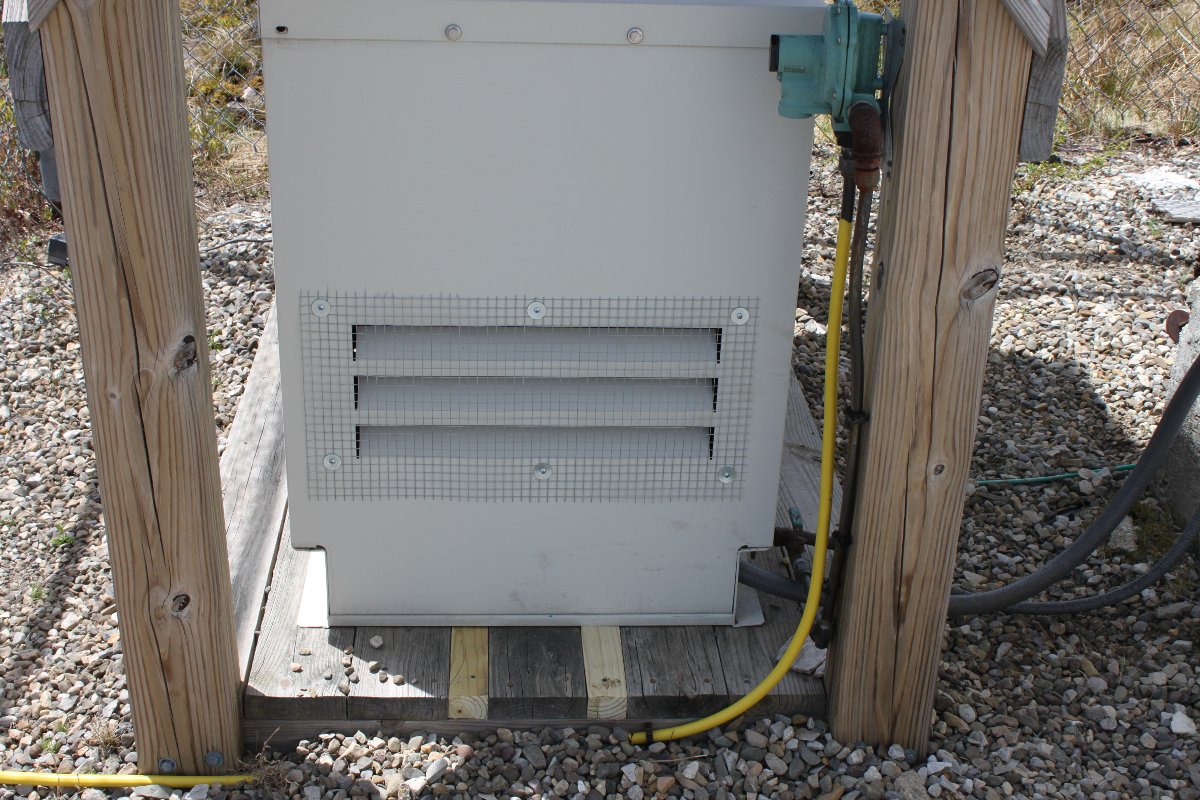
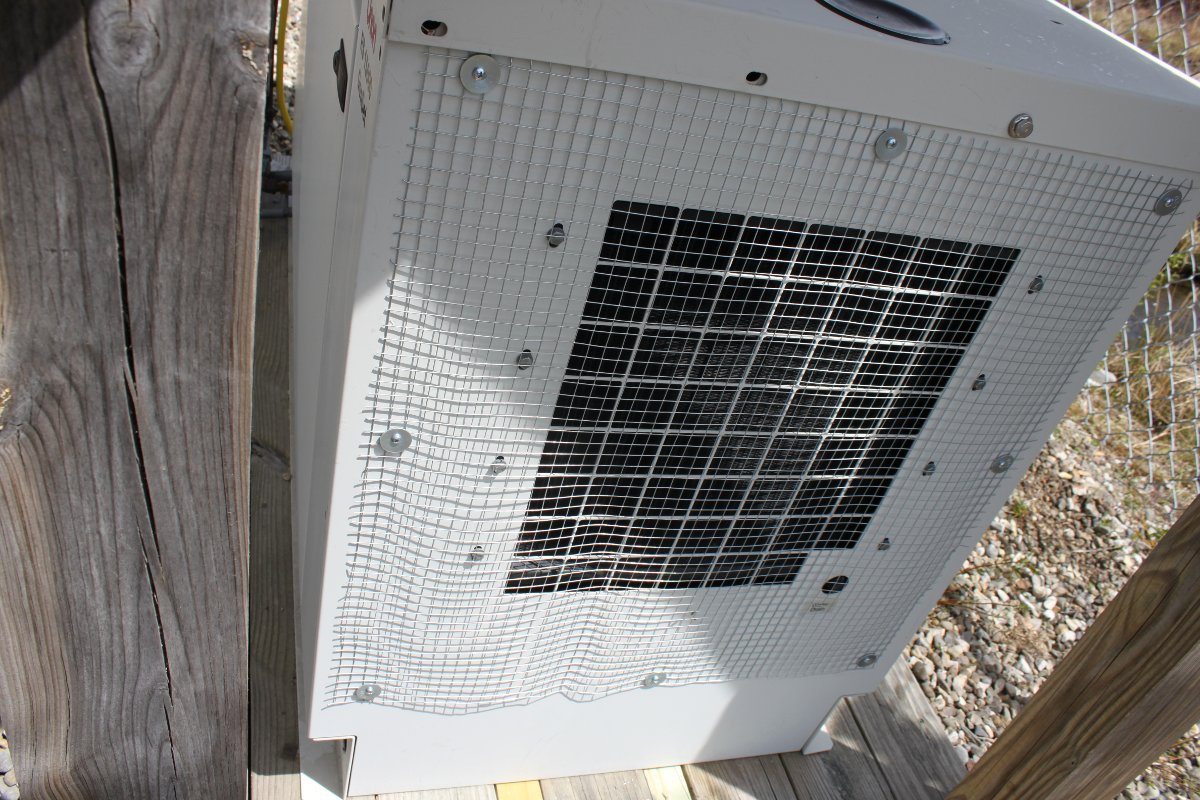
Generators need special attention. Radiator and ventilation openings should be covered with chicken wire. This can be attached to the metal housing with self-taping screws and fender washers. Be careful and look inside the housing to make sure that the area inside the housing where the screws are being applied is clear of wires and hoses.
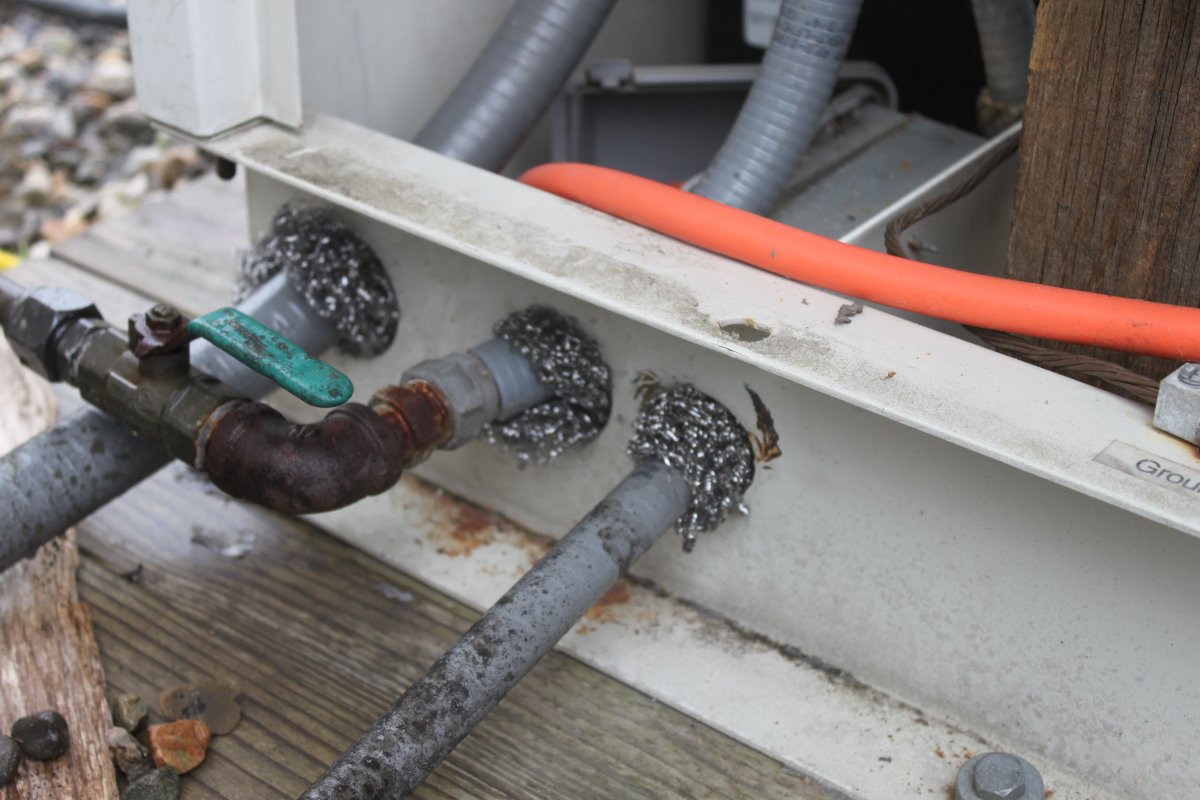
Ingress for fuel, control, and electrical conductors need attention as well. I found stainless steel pot scrubbers to be effective for filling gaps around these conduits and pipes. They are available on Amazon or many other places.
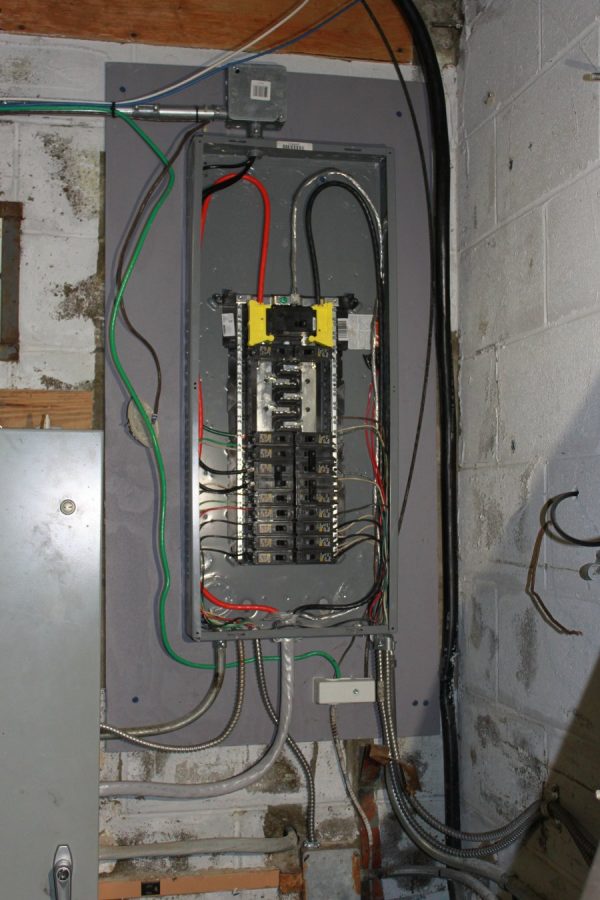
Other openings can be filled with a combination of pot scrubbers and spray foam. Using spray foam alone often does not work, as the mice will chew through it.
I also keep a can or two of bee spray at most sites. Bees, hornets, and paper wasps love to make nests in propane tank fill covers, ATUs, under air conditioning units, or anyplace else that are sheltered from the rain.

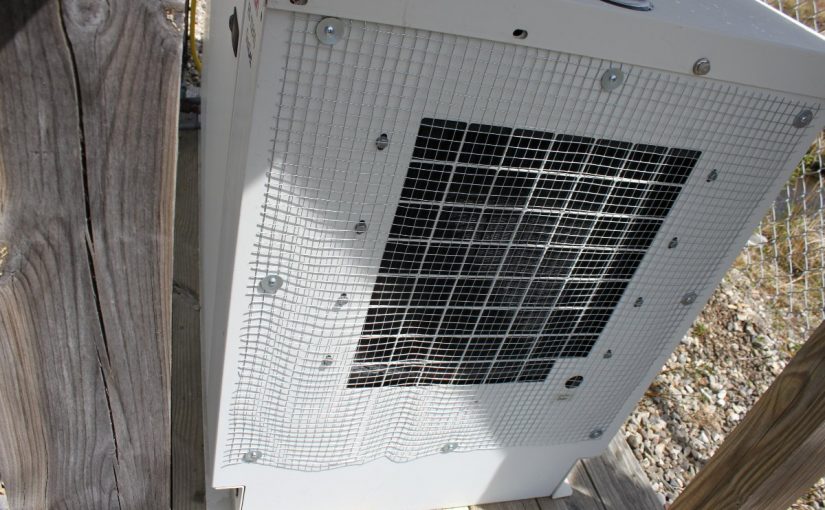



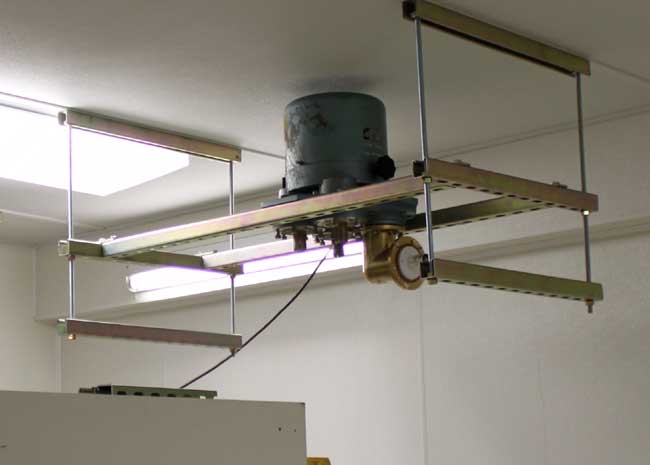

You do specifically mention STAINLESS steel wool but I wanted to call attention to the *stainless* part. A lot of steel wool sold in grocery stores is not stainless and will begin rusting to giant mess within days, if not hours, of getting wet. Make sure it says “stainless” and it will work very well at keeping pests out; foam, plastic and wood are all iffy because those little rodents can and will chew right through it; (stainless) steel wool they CAN’T chew through so it works well.
I’ve also taken to putting the ultrasonic rodent repellents and the mint-oil scent rodent repellents at one site. So far they DO seem to help, but there’s caveats.
Ultrasonic is *extremely* line-of-sight, so you may need several of them to actually “cover” even a small room and “get into” every nook and cranny, especially in racks.
Mint oil’s caveat is that to human noses, it can be a powerful smell…especially on the first few days (I kinda like it, but not everyone does) but it also runs out pretty fast. Those dispensers, even on the lowest setting, last 30 days…maybe 40 at best. So you must replace them regularly; as soon as the smell dies down, the rodents can come back.
Finally, one good way to check your entry points is to remove all interior covers to ANYTHING that has a port to the outside, and then turn off the lights inside whilst on a bright, sunny day. It will help make spotting any open passageways for mice a lot easier. It’s not perfect, of course, you could have a long conduit that *eventually* goes outside. A careful visual inspection is always necessary. But it’s a good way to start the process.
And yes, you’re not alone. I’ve had to clean out my share of nasty mouse-nest-infested breaker panel boxes. YEECH. Always make sure you wear good gloves (preferably canvas/gardening work gloves OVER some rubber gloves), some eye protection or a face shield, and have a surgical mask on. Or better yet, a ventilator mask. I recommend a tyvek painter’s suit to protect your skin and clothing, too. OR, OF COURSE, you can just hire a professional pest controller to clean up the mess – although you may need the electrician to come in first to deactivate the panel (what fun!).
Had a marmot get into a little generator. Had to take it apart to find where the hell it got in. Had to get creative with the wire screen. What a mess. Had mice get under hollow steel doors and make nests in the styrofoam insulation. First clue was the room filled with white pellets. Opened the door to one building and found that a 3′ bull snake was hunting the mice in the door. Moved the snake out and sealed the door sweep.
(Where do I send you pictures!)
Been there, done that, Paul. Been struck at by rattler, and by copperhead. Had venom and even busted fangs left on carbon fiber/Kevlar leg braces and on shoes. Why does it have to be Snakes? One case where physically challenged engineer has a leg up over his biped colleagues. I don’t hate snakes, but like to keep my distance and they do keep mice and rats out of the transmitter site, and thusly useful.
“Mint oil’s caveat is that to human noses, it can be a powerful smell…especially on the first few days (I kinda like it, but not everyone does) but it also runs out pretty fast.”
It’s a volatile oil, and while I agree it smells nice, it can impact some plastics, weakening them.
Just be aware of the possibility…